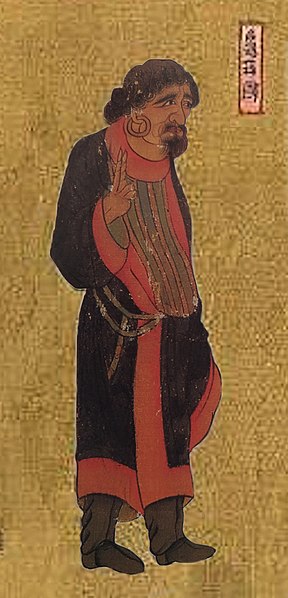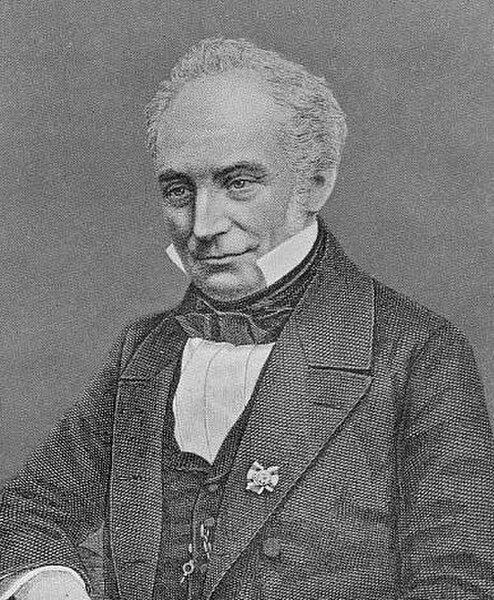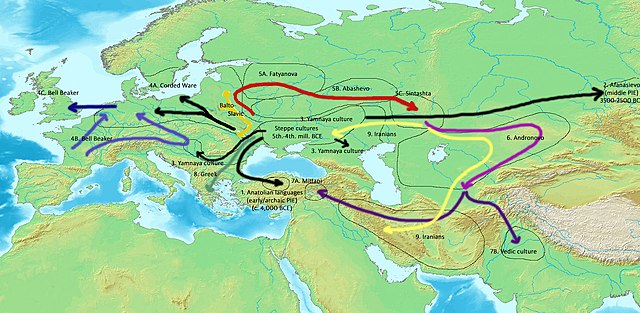The Tocharian languages, also known as the Arśi-Kuči, Agnean-Kuchean or Kuchean-Agnean languages, are an extinct branch of the Indo-European language family spoken by inhabitants of the Tarim Basin, the Tocharians. The languages are known from manuscripts dating from the 5th to the 8th century AD, which were found in oasis cities on the northern edge of the Tarim Basin and the Lop Desert. The discovery of these languages in the early 20th century contradicted the formerly prevalent idea of an east–west division of the Indo-European language family as centum and satem languages, and prompted reinvigorated study of the Indo-European family. Scholars studying these manuscripts in the early 20th century identified their authors with the Tokharoi, a name used in ancient sources for people of Bactria (Tokharistan). Although this identification is now believed to be mistaken, "Tocharian" remains the usual term for these languages.

Tocharian royal family (King, Queen and young blond-haired Prince), Kizil, Cave 17 (entrance wall, lower left panel). Hermitage Museum.
Wooden tablet with an inscription showing Tocharian B in its Brahmic form. Kucha, Xinjiang, 5th–8th century (Tokyo National Museum)
Ambassador from Kucha (龜茲國 Qiuci-guo) at the Chinese Tang dynasty court. Wanghuitu (王会图), circa 650 AD
Tocharian B Love Poem, manuscript B496 (one of two fragments).
The Indo-European languages are a language family native to the overwhelming majority of Europe, the Iranian plateau, and the northern Indian subcontinent. Some European languages of this family—English, French, Portuguese, Russian, Dutch, and Spanish—have expanded through colonialism in the modern period and are now spoken across several continents. The Indo-European family is divided into several branches or sub-families, of which there are eight groups with languages still alive today: Albanian, Armenian, Balto-Slavic, Celtic, Germanic, Hellenic, Indo-Iranian, and Italic; another nine subdivisions are now extinct.
Franz Bopp was a pioneer in the field of comparative linguistic studies.
Indo-European language family tree based on "Ancestry-constrained phylogenetic analysis of Indo-European languages" by Chang et al.
Scheme of Indo-European language dispersals from c. 4000 to 1000 BCE according to the widely held Kurgan hypothesis. – Center: Steppe cultures 1 (black): Anatolian languages (archaic PIE) 2 (black): Afanasievo culture (early PIE) 3 (black) Yamnaya culture expansion (Pontic-Caspian steppe, Danube Valley) (late PIE) 4A (black): Western Corded Ware 4B-C (blue & dark blue): Bell Beaker; adopted by Indo-European speakers 5A-B (red): Eastern Corded ware







